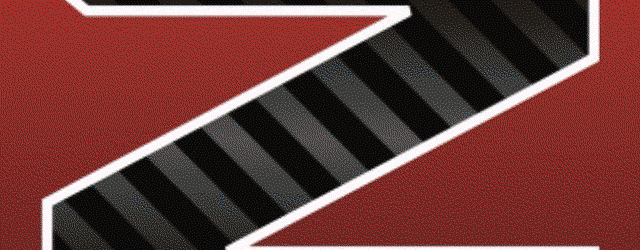obnoxious001
Engine building character
- Joined
- Dec 28, 2007
- Messages
- 6,712
- Reaction score
- 4,295
Asking before I start, what particular parts of an engine build would you like to see?
It's been some time since I sat down and did a write up. It's time consuming and to shoot my own photos means a lot of cleaning oil and assembly lube off my hands during the process. I just completed a matching pair of 489 blower (Procharger) engines, and I shot quite a number of photos with the exception of the initial tear downs and of course what the machine shop and balance shop did.
So is there anything I can share that would be interesting to someone?
It's been some time since I sat down and did a write up. It's time consuming and to shoot my own photos means a lot of cleaning oil and assembly lube off my hands during the process. I just completed a matching pair of 489 blower (Procharger) engines, and I shot quite a number of photos with the exception of the initial tear downs and of course what the machine shop and balance shop did.
So is there anything I can share that would be interesting to someone?



